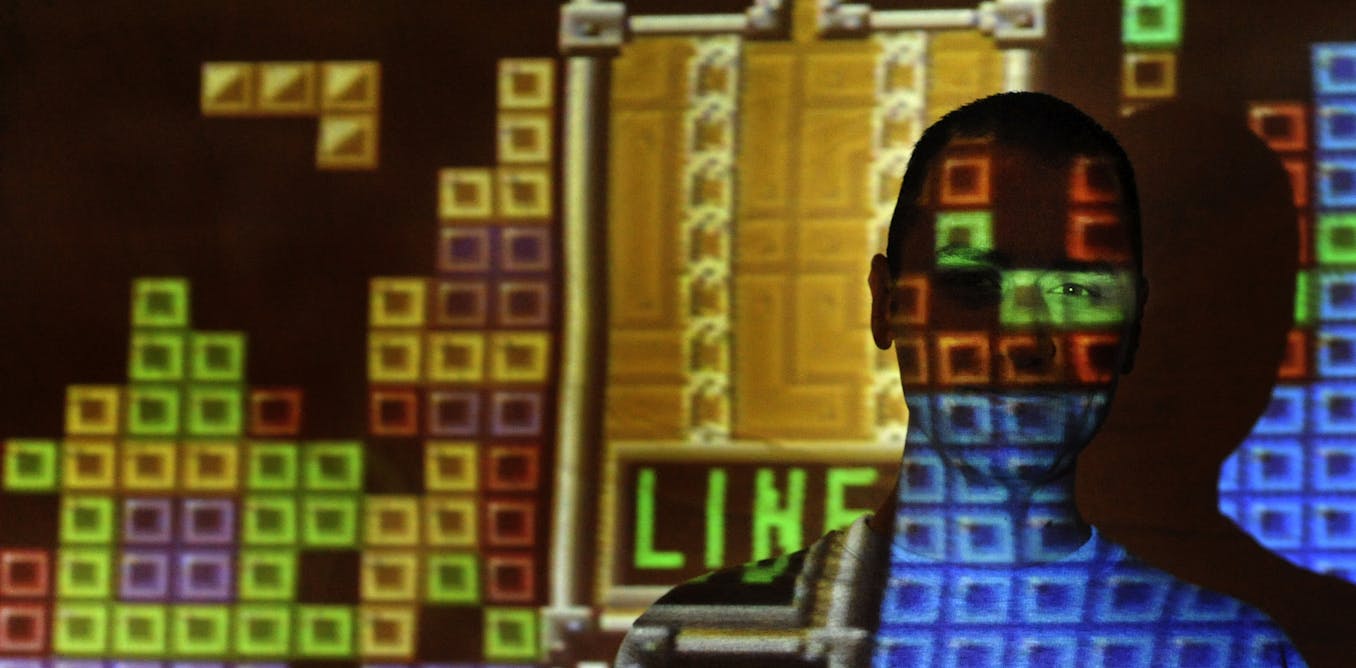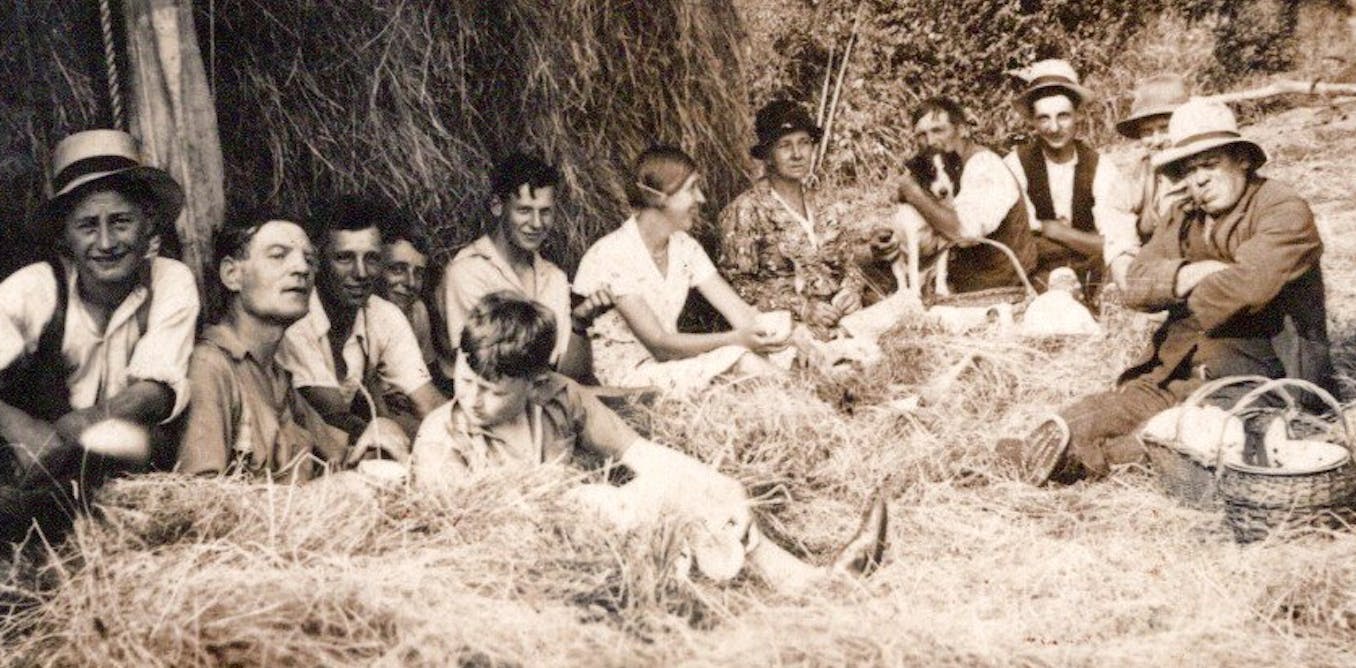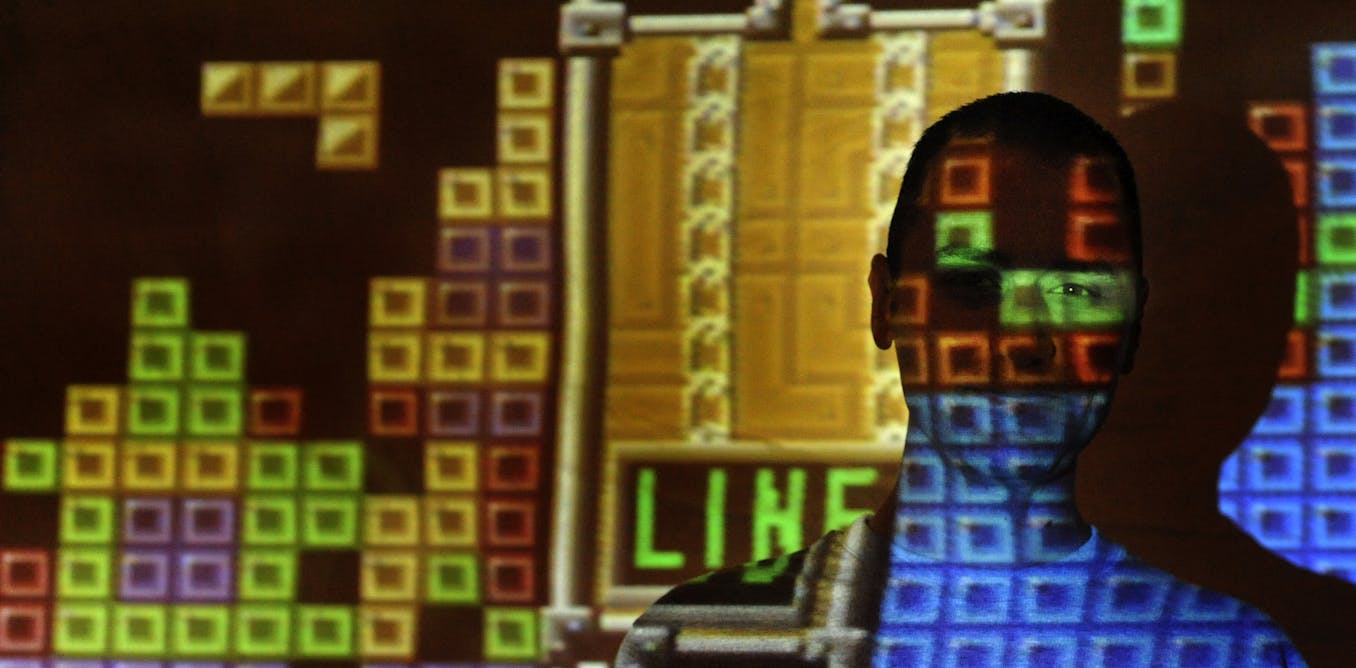After 13-year-old Willis Gibson became the first human to beat the original Nintendo version of Tetris, he dedicated his special win to his father, who passed away in December 2023.
The Oklahoma teen beat the game by defeating level after level until he reached the “kill screen” – that is, the moment when the Tetris artificial intelligence taps out in exhaustion, stopping play because its designers never wrote the code to advance further. Before Gibson, the only other player to overcome the game’s AI was another AI.
For any parent who has despaired over their children sinking countless hours into video games, Gibson’s victory over the cruel geometry of Tetris stands as a bracing corrective.
Despite the stereotypes, most gamers are anything but lazy. And they’re anything but mindless.
The world’s top players can sometimes serve as reminders of the best in us, with memorable achievements that range from the heroic to the inscrutably weird.
The perfect run
“Speedrunning” is a popular gaming subculture in which players meticulously optimize routes and exploit glitches to complete, in a matter of minutes, games that normally take hours, from the tightly constrained, run-and-gun action game Cuphead to the sprawling role-playing epic Baldur’s Gate 3.
In top-level competition, speedrunners strive to match the time of what’s referred to as a “TAS,” or “tool-assisted speed run.” To figure out the TAS time, players use game emulators to choreograph a theoretically perfect playthrough, advancing the game one frame at a time to determine the fastest possible time.
Success requires punishing precision, flawless execution and years of training.
The major speedrunning milestones are, like Olympic races, marked by mere fractions of a second. The urge to speedrun likely sprouts from an innate human longing for perfection – and a uniquely 21st century compulsion to best the robots.
A Twitch streamer who goes by the username Niftski is currently the human who has come closest to achieving this androidlike perfection. His 4-minute, 54.631-second world-record speedrun of Super Mario Bros. – achieved in September 2023 – is just 0.35 seconds shy of a flawless TAS.
Watching Niftski’s now-famous run is a dissonant experience. Goofy, retro, 8-bit Mario jumps imperturbably over goombas and koopa troopas with the iconic, cheerful “boink” sound of his hop.
Meanwhile, Niftski pants as his anxiety builds, his heart rate – tracked on screen during the livestream – peaking at 188 beats per minute.
When Mario bounces over the final big turtle at the finish line – “boink” – Niftski erupts into screams of shock and repeated cries of “Oh my God!”
He hyperventilates, struggles for oxygen and finally sobs from exhaustion and joy.
The largest world and its longest pig ride
This list couldn’t be complete without an achievement from Minecraft, the revolutionary video game that has become the second-best-selling title in history, with over 300 million copies sold – second only to Tetris’ 520 million units.
Minecraft populates the video game libraries of grade-schoolers and has been used as an educational tool in university classrooms. Even the British Museum has held an exhibition devoted to the game.
Minecraft is known as a sandbox game, which means that gamers can create and explore their own virtual worlds, limited only by their imagination and a few simple tools and resources – like buckets and sand, or, in the case of Minecraft, pickaxes and stone.
So what can you do in the Minecraft playground?
Well, you can ride on a pig. The Guinness Book of World Records marks the farthest distance at 414 miles. Or you can collect sunflowers. The world record for that is 89 in one minute. Or you can dig a tunnel – but you’ll need to make it 100,001 blocks long to edge out the current record.
My personal favorite is a collective, ongoing effort: a sprawling, global collaboration to recreate the world on a 1:1 scale using Minecraft blocks, with blocks counting as one cubic meter.
At their best, sandbox games like Minecraft can bring people closer to the joyful and healthily pointless play of childhood – a restorative escape from the anxious, utility-driven planning that dominates so much of adulthood.
The galaxy’s greatest collaboration
The Halo 3 gaming community participated in a bloodier version of the collective effort of Minecraft players.
The game, which pits humans against an alien alliance known as the Covenant, was released in 2007 to much fanfare.
Whether they were playing the single-player campaign mode or the online multiplayer mode, gamers around the world started seeing themselves as imaginary participants in a global cause to save humanity – in what came to be known as the “Great War.”
They organized round-the-clock campaign shifts, while sharing strategies in nearly 6,000 Halo wiki articles and 21 million online discussion posts.
Halo developer Bungie started tracking total alien deaths by all players, with the 10 billion milestone reached in April 2009.
Game designer Jane McGonigal recalls with awe the community effort that went into that Great War, citing it as a transcendent example of the fundamental human desire to work together and to become a part of something bigger than the self.
Bungie maintained a collective history of the Great War in the form of “personal service records” that memorialized each player’s contributions – medals, battle statistics, campaign maps and more.
The archive beggars comprehension: According to Bungie, its servers handled 1.4 petabytes of data requests by players in one nine-month stretch. McGonigal notes, by way of comparison, that everything ever written by humans in all of recorded history amounts to 50 petabytes of data.
Gamification versus gameful design
If you’re mystified by the behavior of these gamers, you’re not alone.
Over the past decade, researchers across a range of fields have marveled at the dedication of gamers like Gibson and Niftski, who commit themselves without complaint to what some might see as punishing, pointless and physically grueling labor.
How could this level of dedication be applied to more “productive” endeavors, they wondered, like education, taxes or exercise?
From this research, an industry centered on the “gamification” of work, life and learning emerged. It giddily promised to change people’s behaviors through the use of extrinsic motivators borrowed from the gaming community: badges, achievements, community scorekeeping.
The concept caught fire, spreading everywhere from early childhood education to the fast-food industry.
Many game designers have reacted to this trend like Robert Oppenheimer at the close of the eponymous movie – aghast that their beautiful work was used, for instance, to pressure Disneyland Resort laborers to load laundry and press linens at anxiously hectic speeds.
Arguing that the gamification trend misses entirely the magic of gaming, game designers have instead started promoting the concept of “gameful design.” Where gamification focuses on useful outcomes, gameful design focuses on fulfilling experiences.
Gameful design prioritizes intrinsic motivation over extrinsic incentives. It embraces design elements that promote social connection, creativity, a sense of autonomy – and, ultimately, the sheer joy of mastery.
When I think of Niftski’s meltdown after his record speedrun – and Gibson’s, who also began hyperventilating in shock and almost passed out – I think of my own children.
I wish for them such moments of ecstatic, prideful accomplishment in a world that sometimes seems starved of joy.

The article From besting Tetris AI to epic speedruns – inside gaming’s most thrilling feats by James Dawes, Professor of English, Macalester College was published on 10/01/2024 by theconversation.com





































